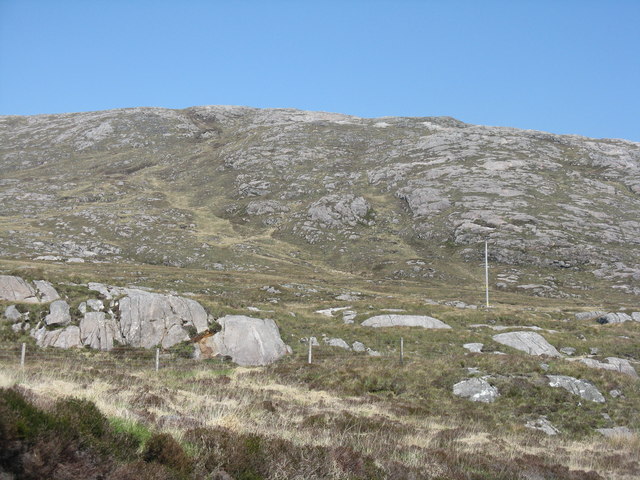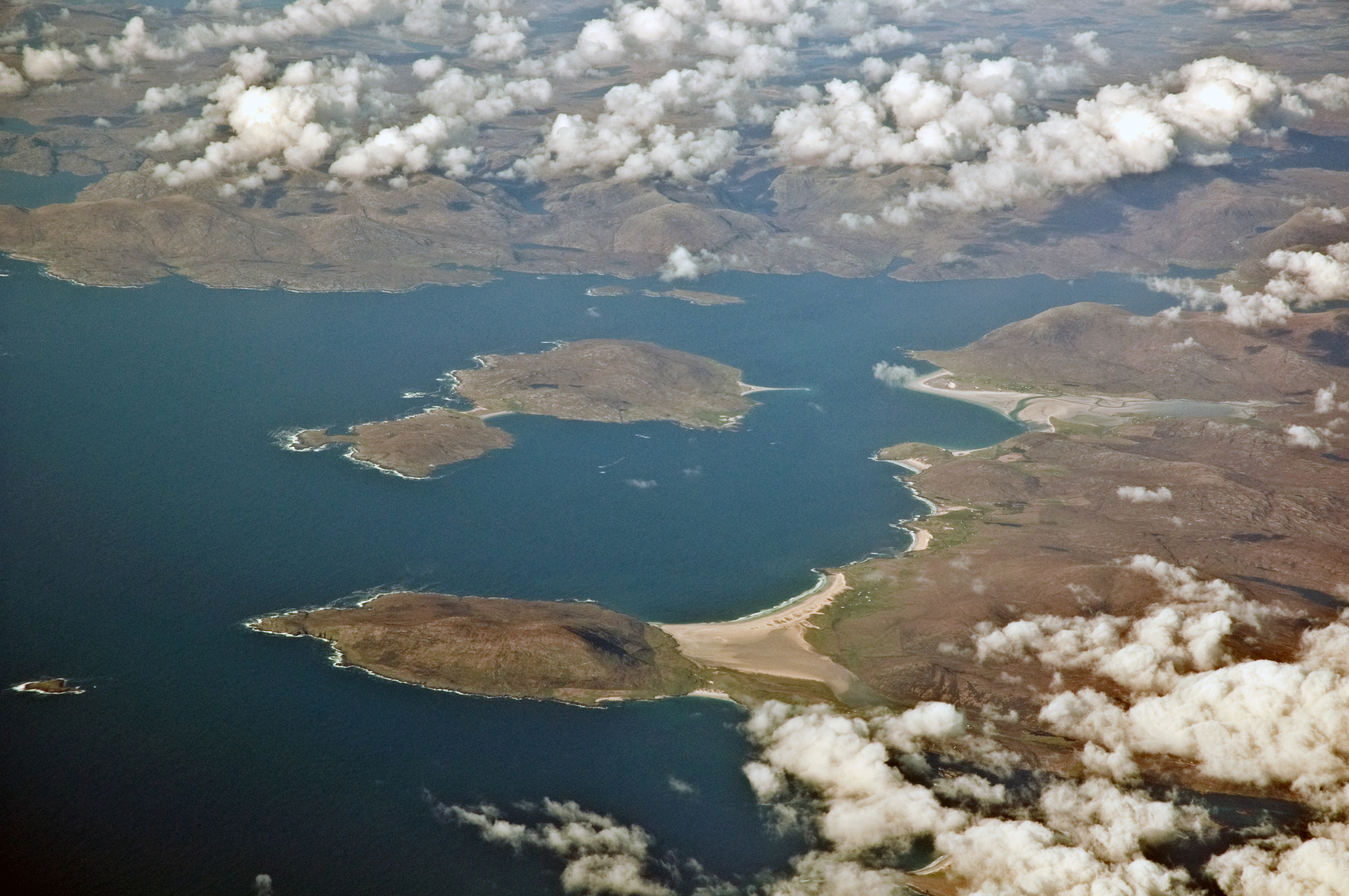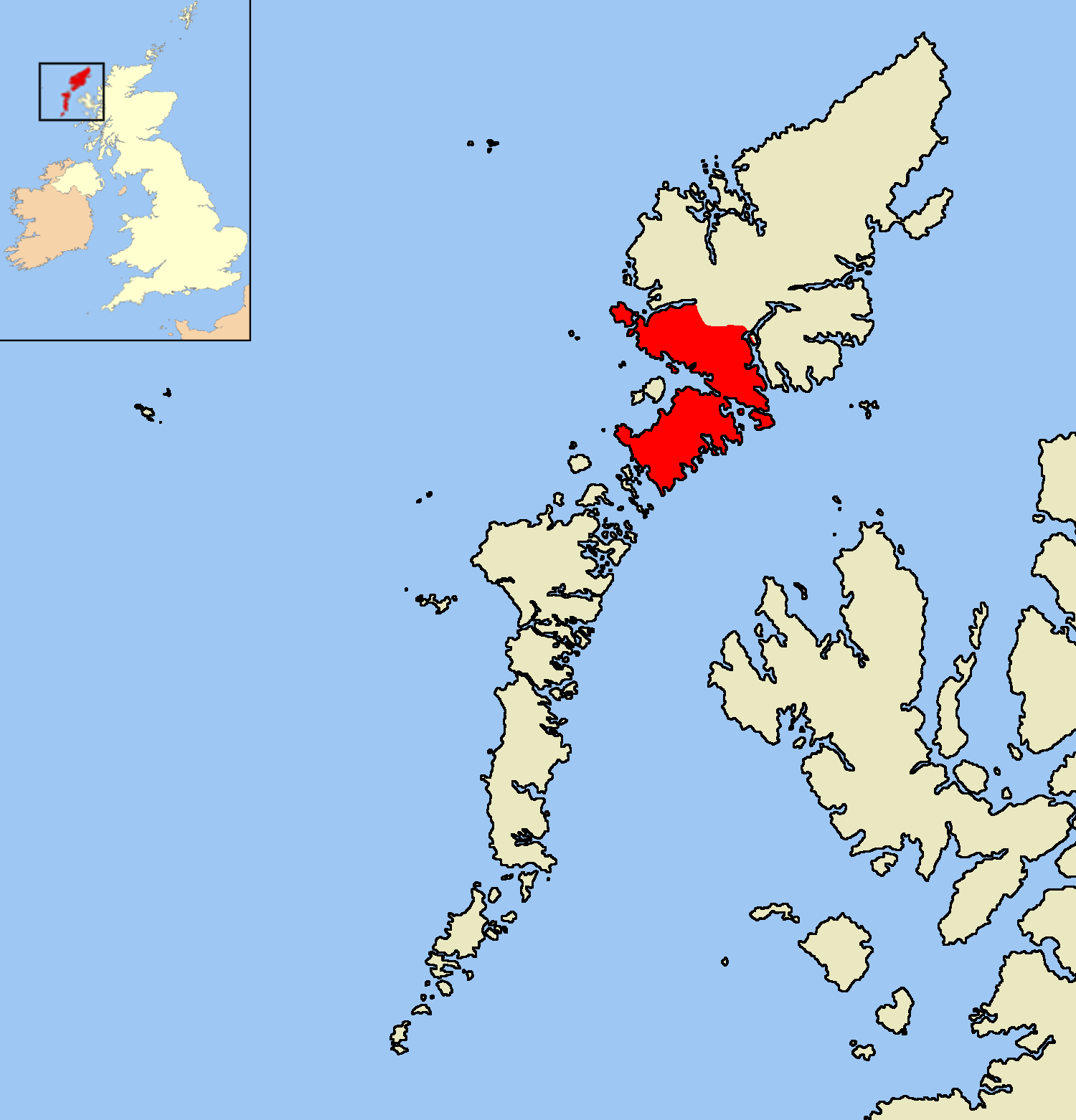Camas an t-Seilisdeir
Sea, Estuary, Creek in Inverness-shire
Scotland
Camas an t-Seilisdeir

Camas an t-Seilisdeir, located in Inverness-shire, Scotland, is a picturesque coastal area characterized by its stunning sea views, estuary, and creek. Nestled between the stunning Scottish Highlands and the Moray Firth, this idyllic location offers a range of natural beauty and recreational opportunities.
The sea in Camas an t-Seilisdeir provides visitors with breathtaking vistas of the North Sea. The crystal-clear waters are home to a diverse range of marine life, making it a popular spot for fishing enthusiasts and wildlife observers. The sea also offers opportunities for various water sports, such as kayaking, sailing, and surfing.
The estuary in Camas an t-Seilisdeir is a prominent feature, where a river meets the sea. This convergence creates a unique ecosystem, supporting a rich array of flora and fauna. The estuary is an excellent place for birdwatching, as it attracts a variety of seabirds and wading birds throughout the year.
Within Camas an t-Seilisdeir, a tranquil creek winds its way through the landscape. This meandering waterway provides a serene environment for visitors to relax and enjoy the peaceful ambiance of the area. The creek is also an ideal spot for boating and canoeing, allowing visitors to explore the scenic surroundings at their own pace.
Overall, Camas an t-Seilisdeir in Inverness-shire is a haven for nature lovers and outdoor enthusiasts. Whether you are seeking a quiet retreat to enjoy the beauty of the sea, estuary, and creek or looking to engage in various activities, this coastal area offers a truly remarkable experience for all who visit.
If you have any feedback on the listing, please let us know in the comments section below.
Camas an t-Seilisdeir Images
Images are sourced within 2km of 57.870644/-6.911799 or Grid Reference NG0897. Thanks to Geograph Open Source API. All images are credited.

![Lugworm casts at Luskentyre Lugworms [polychaete worms - Arenicola marina] live in U-shaped, mucus lined burrows in sand. The depressions in the sand mark the entrance to a burrow, where sand is taken in; after processing to extract nutrients the sand is excreted as a cast at the other end. They occurred in abundance in the sands near the head of the Luskentyre estuary <a href="https://www.geograph.org.uk/photo/4991983">NG0897 : Frith Losgaintir</a>.](https://s1.geograph.org.uk/geophotos/04/99/19/4991997_36337cfe.jpg)

Camas an t-Seilisdeir is located at Grid Ref: NG0897 (Lat: 57.870644, Lng: -6.911799)
Unitary Authority: Na h-Eileanan an Iar
Police Authority: Highlands and Islands
What 3 Words
///producing.dock.expiring. Near Tarbert, Na h-Eileanan Siar
Nearby Locations
Related Wikis
Luskentyre
Luskentyre (Scottish Gaelic: Losgaintir) is a sparse settlement on the west coast of Harris, in the Outer Hebrides, Scotland. Luskentyre is situated within...
Borve, Harris
Borve (Scottish Gaelic: Na Buirgh) is a village in Harris in the Outer Hebrides, Scotland. Borve is also within the parish of Harris, and is on the A859...
West Loch Tarbert
West Loch Tarbert (Scottish Gaelic: Loch A Siar) is a sea loch that separates the northern and southern parts of Harris in the Outer Hebrides of Scotland...
Harris, Outer Hebrides
Harris (Scottish Gaelic: Na Hearadh, pronounced [nə ˈhɛɾəɣ] ) is the southern and more mountainous part of Lewis and Harris, the largest island in the...
Nearby Amenities
Located within 500m of 57.870644,-6.911799Have you been to Camas an t-Seilisdeir?
Leave your review of Camas an t-Seilisdeir below (or comments, questions and feedback).






![Marks in the sand at Luskentyre Caused by the siphons of a bivalve mollusc, the Peppery Furrow Shell [Scrobicularia plana]. Digging down would reveal the animals at the centre of the radiating depressions left by the inhalant and exhalant tubes.](https://s1.geograph.org.uk/geophotos/04/99/20/4992013_70e94a49.jpg)










